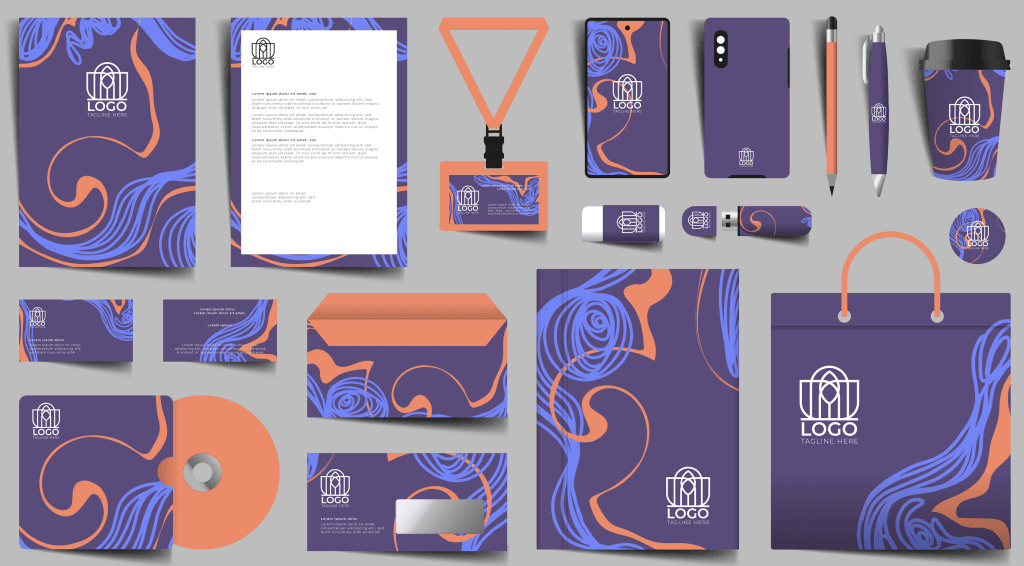A brand kit, also known as a brand style guide or brand guidelines, is a comprehensive collection of visual and brand identity elements that define a company’s brand. It provides a set of guidelines for how the company’s brand should be represented across various mediums, such as websites, social media, marketing materials, and other visual elements.
A brand kit typically includes elements such as the company’s logo, color palette, typography, imagery style, and brand messaging. Each element is carefully chosen to ensure that the company’s brand is visually cohesive, memorable, and distinctive. By adhering to these guidelines, companies can create a consistent brand identity that resonates with their target audience, builds brand recognition and trust, and ultimately drives business growth.
But creating a brand kit is more than just choosing colors and fonts. It’s a strategic process that requires a deep understanding of the company’s brand, target audience, and business goals. The process typically involves several key steps, including:
Defining the brand’s identity: Before creating a brand kit, it’s important to define the company’s brand identity. This involves understanding the company’s mission, values, and unique selling proposition, as well as its target audience and market position.
Choosing visual elements: Once the brand identity is defined, the next step is to choose the visual elements that will represent the brand. This includes selecting a color palette, typography, imagery style, and other visual elements that will be used across all company communications.
Developing brand messaging: In addition to visual elements, a brand kit should also include messaging guidelines that define the company’s tone of voice, key messages, and brand personality. This ensures that all company communications are consistent in both look and feel, as well as messaging.
Creating guidelines: Once all the elements of the brand kit are established, they need to be documented in a set of guidelines that can be easily followed by anyone creating content for the company. These guidelines should be comprehensive and include specific instructions for how each element should be used.
Sharing and implementing the brand kit: Finally, the brand kit needs to be shared with all stakeholders and implemented across all company communications. This includes training employees, working with vendors and contractors, and monitoring all communications to ensure that they adhere to the brand guidelines.
But why do companies need a brand kit? Simply put, a consistent brand identity helps build brand recognition and trust with customers, which can lead to increased brand loyalty and sales. It also helps ensure that all marketing and communication efforts are aligned with the company’s overall brand strategy, which can ultimately drive business growth.
In addition, a brand kit can help save time and resources by providing a clear framework for design and messaging. By following the guidelines established in the brand kit, designers and writers can create content more efficiently and effectively, reducing the need for constant revisions and ensuring that everyone involved in creating content for the brand is on the same page.
Overall, a brand kit is an essential tool for any company looking to establish a strong and consistent brand identity that resonates with its target audience. It requires careful thought and planning, but the benefits are well worth the investment. By creating a clear and cohesive brand identity, companies can differentiate themselves in the market, build brand loyalty, and ultimately drive business success.





















